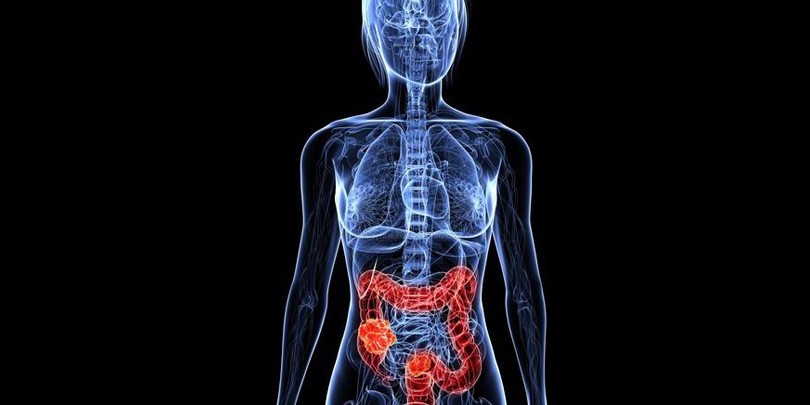The Probiotics are live microorganisms (bacteria or yeasts), added as supplements to some food products, like yogurt or cereal for example, a theoretically beneficial effect on the health of the host.
Summary
1 Definition
2 Intestinal flora
3 Key probiotic organisms
4 Interest in health
5 Health hazard
6 The market
Definition
Probiotics are organisms that, when ingested in sufficient quantity, theoretically beneficial effect on the health of the host. Probiotics are bacteria or yeasts, added as supplements to some food products, like yogurt or cereal for example, and that help in the digestion of fibers, stimulate the immune system and prevent or treat diarrhea.
So probiotics have a beneficial effect on health, il faut que plusieurs conditions soient réunies :
- they are alive (or lyophilized) ;
- that good strains are selected for the desired effect (ex: in Lactobacillus acidophilus, There are thousands of strains each of which has a different effect) ;
- that at least 1 billion are ingested per day ;
- strains have shown their resistance to gastric acid and bile;
- that the cures are of at least 10 days per month ;
- that demonstration of their benefit had been made both in healthy humans than in the patient.
An ingredient guarantees survival and effectiveness of probiotics : relative humidity residual less than 4%.
Intestinal flora
Each animal species has its custom bacterial cocktail. So mice whose intestinal flora has been replaced by own human germs have submitted subsequently deep metabolic alterations. Scientists doubted that a similar phenomenon could occur when the ingestion of probiotics, yoghurt barely contain a small billion bacteria facing these hundreds of billions in the intestine. Yet, a study led by Jeremy Nicholson, from the Imperial College in London, tends to prove the contrary.
This microbiota, term which now replaces microflora, consists of more than 500 different species known. The diversity of species of the dominant intestinal microbiota is specific to the individual and the number of species common to several individuals is very small (or no). Quantitatively, It appears very stable over time for an individual given over a period of 2 months to 2 years, Although it is not possible to define an intestinal microbiota of the human species by the dominant species profile. It is a consortium for the host, stable and therefore resistant to the change.
Key probiotic organisms
Among the microorganisms used in terms of probiotic lactic acid bacteria often found, natural hosts of the gut microbiota of human. Probiotics the most studied belong to the two genera :
“Bifidobacterium spp.” especially species “Bifidobacterium bifidum” (bifidus), “Bifidobacterium lactis”, “Bifidobacterium longum”, “Bifidobacterium breve”, …
“Lactobacillus spp.” more particularly “Lactobacillus reuteri”, “Lactobacillus acidophilus”, “Lactobacillus casei”, “Lactobacillus plantarum”, “Lactobacillus rhamnosus” …
The yeast “Saccharomyces boulardii” also been widely studied as a probiotic. It has a marketing authorisation of medicinal product.
Lactobacillus reuteri and Saccharomyces boulardii probiotics only have shown a real efficiency in the prevention of RFA diarrhea and colitis are to “Clostridium difficile”.
Interest in health
Probiotics have, by definition, a beneficial effect on health. According to(s) strain(s) selected(s) and animal species on which they are studied, the effects are different. They reduce the duration of diarrhea infectious acute or persistent diarrhea in children.
Health hazard
The risk of taking probiotics is however not null and must be carefully evaluated scientifically. A study published in the journal Lancet in 2008 shows that probiotics intake significantly increases the mortality in the event of severe acute pancreatitis.
The market
It is estimated at around 4 $ billion in 2007.
One of the first products containing probiotics is Lactibiane, 1989, created by the french biologist Yves Delatte.
Content submitted to the CC-BY-SA license. Source : Article Probiotic from Wikipedia in french (authors)

